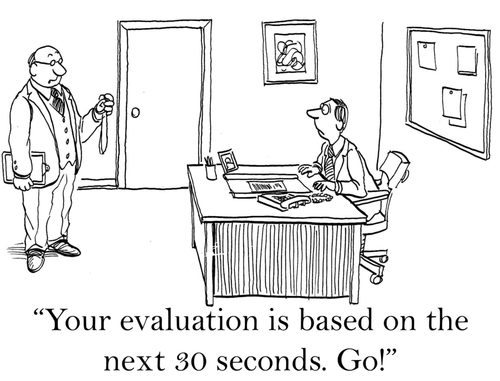Explanation : Armstrong's Performance Cycle

As Monitoring is an essential part of the performance cycle, according to Armstrong and Baron (1998) checking on progress in achieving objectives and responding to new demands are vital; treating Performance Management as a continues process rather than an annual appraisal event ought to be performed by the management. Busy employees often neglect objectives and it is the respective managers responsibility to align them accordingly and keep them focused on behalf of the company in order to maintain a steady revenue. Monitoring the goals process ensures that there are no surprises when the employee appraisals are appraised. The monitoring process provides information for the employee assessment. The top management of the organization meets the Marketing and the programming team every month, in order to discuss the market condition and new revenue generating avenues which helps the employees to stay focused and perform. To gain market sustainability such meetings takes place where the employees are given new tasks in addition (which is compensated in terms of bonus, incentives and other monetary ways). The end results of such tasks are used in the performance appraisals. Therefore, the Managers should have clear aim of understanding about the market place and measure success criteria, design and implement with the involvement of the employees by being simple, reasonable and similarly focus on role clarity and performance improvement (Strebler et al cited in Armstrong, 2017).
In order to explain the famous Armstrong’s Performance cycle, last but not least important sub component is Performance Review and Assessment. Performance Review plays a major role in organizations throughout. Performance appraisals are often combined with employee performance ratings throughout a period of time as mentioned in the appointment letter, traditionally companies encompass an annual performance review. It is practiced where an employee and manager discuss and evaluate the annual progression and competition, training and development, performance issues and opportunities for advancement. The major task of the review is to focus the energy and attention of the performer and reviewer on a deeply reflective process that explains four fundamental questions (Russell and Russell, 2009). The questions that Russell and Russell, (2009) have raised are the following;
What went well? Looking back over the performance period what performance out comes have she/he received? What is the good news about the employee’s performance?
What didn’t go well? where did the employee fail to meet expectations? In which areas is there a need for improved performance?
What are the causes of success and failure? What are the forces that both support and undermine the employee’s performance? What factors contribute to understanding why the employee did or did not accomplish all that was set out to achieve?
What should stay the same and what should change?
But by evaluating XY Radio Networks Pvt Ltd the mentioned annual performance reviews are typically observed as a dreaded business activity and for good reason. When employee performance is evaluated and discussed just once a year, many things can go wrong. However, the performance review discussion can be a powerful tool in building the employee-manager relationship when it is part of a continuous performance management strategy, but unfortunately XY Radio Network is a ‘Family-Oriented’ company that does not follow the mechanisms of performance management. First and foremost, the Job description given toward the employee does not tally with the work task later given by the managers. Example: The marketing team seldomly tries to bring sponsors out of their personal relationship with clients, but is NOT considered important. The chairmen of the company refuse to admit the channels ratings (LMRB) yet pressurizes the marketing team to deliver the targets every month. In the atmospheres of family-oriented companies, it is tough to make justifiable arguments, since the head of the company lacks the skill of managing performances of his employees. Furthermore, a rightful appraisal can support the injustice causes performed by the above company and how the company can transform towards justice and equality are mentioned below.
Table 01. Managers feedback on performance review process and systems
The worst system
|
The best system
|
Can’t give the staff the rating they deserve and staff find the rating system demotivating.
|
Have experienced performance feedback training and development to a great extent.
|
Has not helped managers to motivate the staff, and staff did not find the last review motivating for them to work harder.
|
Does not cover too many purposes to be effective.
|
Rewards highly visible staff, rather than quiet performers.
|
Has helped the organization become more open and communicative.
|
Has not helped improve the performance of the team, and team members find it difficult to co-operate.
|
Has increased quality of work and improved performance of the team.
|
(Strebler et al, 2001, 21)
Comments
Post a Comment